When the second rope is added, even if it doesn’t anchor to the body in a specific place, it does enhance the overall structure of the tie, helping the whole harness to act as a unit. If you’re experiencing slippage in this harness, the first step should be to evaluate your tension, but also, adding the second rope will be helpful!
The second thing we’d like to offer is caution anytime you’re trying to suspend by pulling a harness straight upwards. That’s when you’re at greatest risk of a harness slipping up towards the neck (and this applies to upper body harnesses across the board). This harness, when loaded more vertically from the front, will work best if the model is laying back into it like you see in the suspension line video.


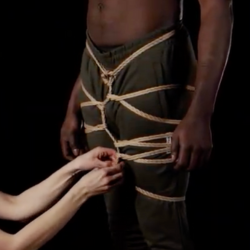
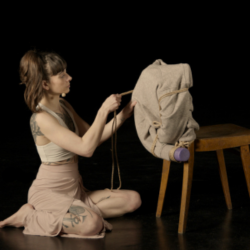
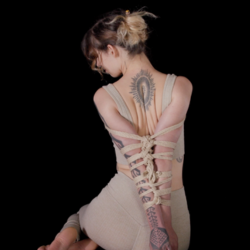
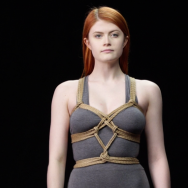
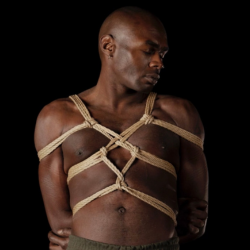
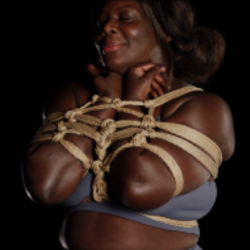
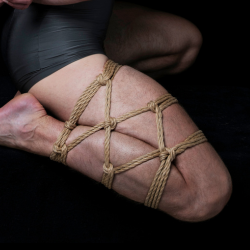
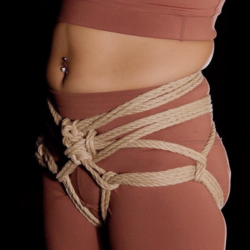
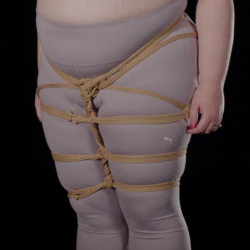
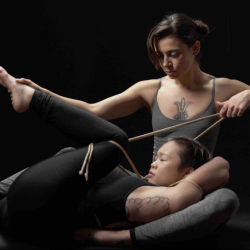

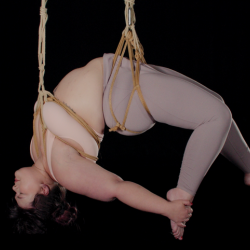
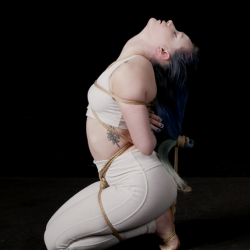
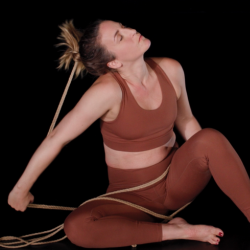
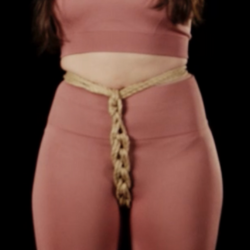
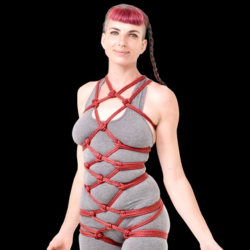



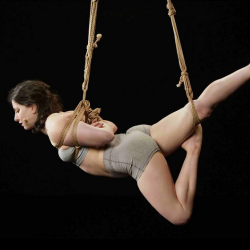
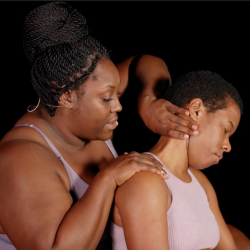
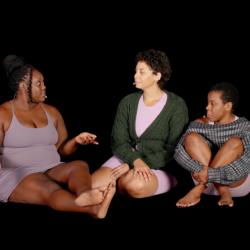

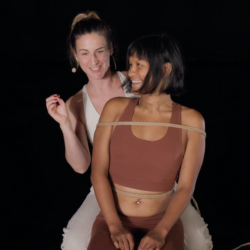
Replied on Bamboo Ties | Elbows
18 Jul 16:39
Hi! Thank you so much for catching this! We’re currently sorting through a LOT of older raw files to find this original video and re-edit it. Thanks in advance for your patience and thanks again for bringing it to our attention. We’ll upload a properly edited replacement video as soon as we’re able :)